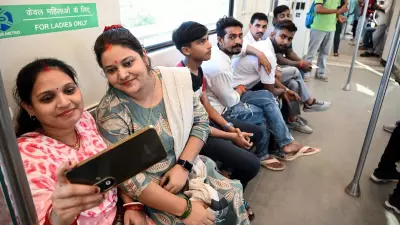
India's staggering economic inequality isn't a random outcome of market forces but rather the direct result of calculated policy decisions that have systematically favored the affluent, according to recent expert analysis. The country's wealth distribution tells a troubling story of deliberate choices rather than accidental consequences.
The Policy Framework Driving Disparity
Economic experts point to several key policy areas where government decisions have actively contributed to widening the wealth gap:
- Taxation policies that disproportionately benefit corporations and high-income individuals
- Financial sector reforms that primarily serve capital owners rather than workers
- Labor market changes that weaken worker protections and bargaining power
- Public spending priorities that favor infrastructure over social welfare
The Stark Numbers Behind the Divide
The statistics paint a dramatic picture of India's economic polarization. While the country boasts an impressive number of billionaires and millionaires, a significant portion of the population continues to struggle with basic necessities. This contrast becomes even more striking when comparing India's inequality metrics with other developing economies.
Who Benefits From Economic Growth?
Recent economic growth has primarily flowed upward, with wealth concentrating in the hands of those who already had significant assets. The policies implemented over recent decades have created an environment where capital gains outpace wage growth, ensuring that existing wealth generates more wealth while labor income stagnates.
Alternative Pathways: What Could Change the Equation?
Economic analysts suggest several policy shifts that could begin to address this imbalance:
- Progressive taxation reforms targeting extreme wealth
- Strengthened social safety nets and universal basic services
- Labor reforms that protect worker rights and ensure living wages
- Increased public investment in education and healthcare
The current trajectory of India's economy suggests that without deliberate intervention, the inequality gap will continue to widen. The question remains whether political will exists to implement policies that would create a more equitable distribution of the country's growing wealth.





